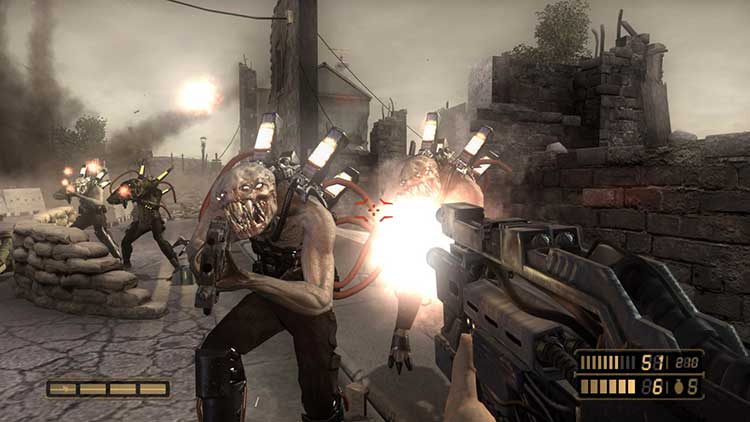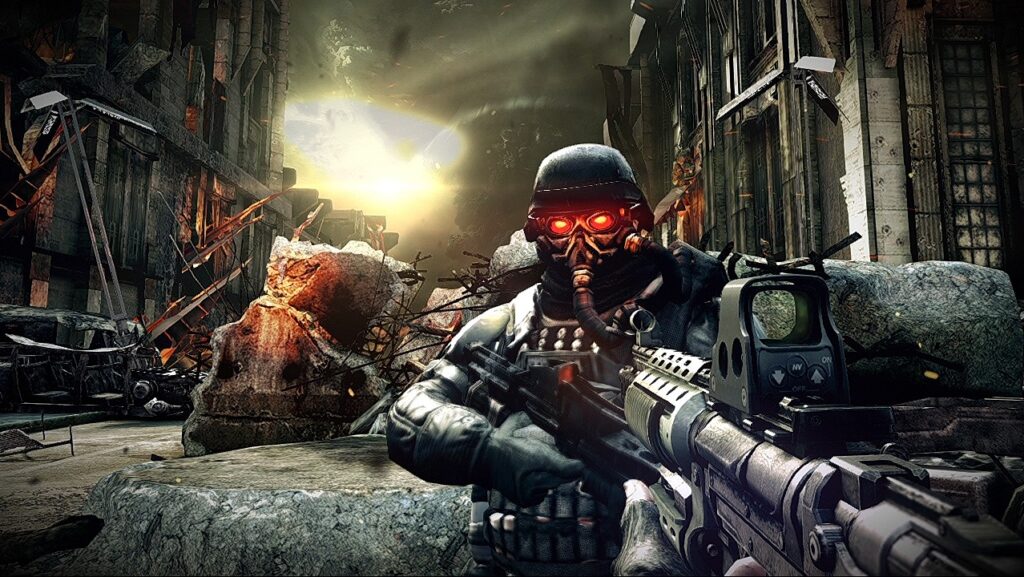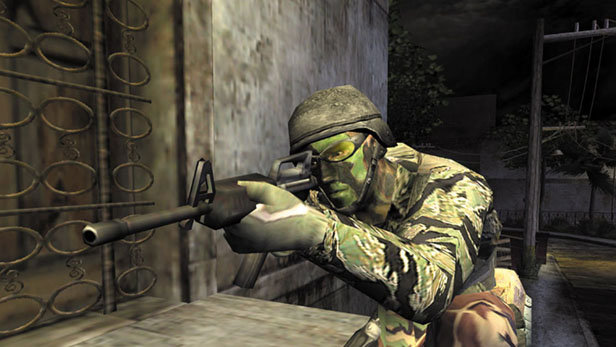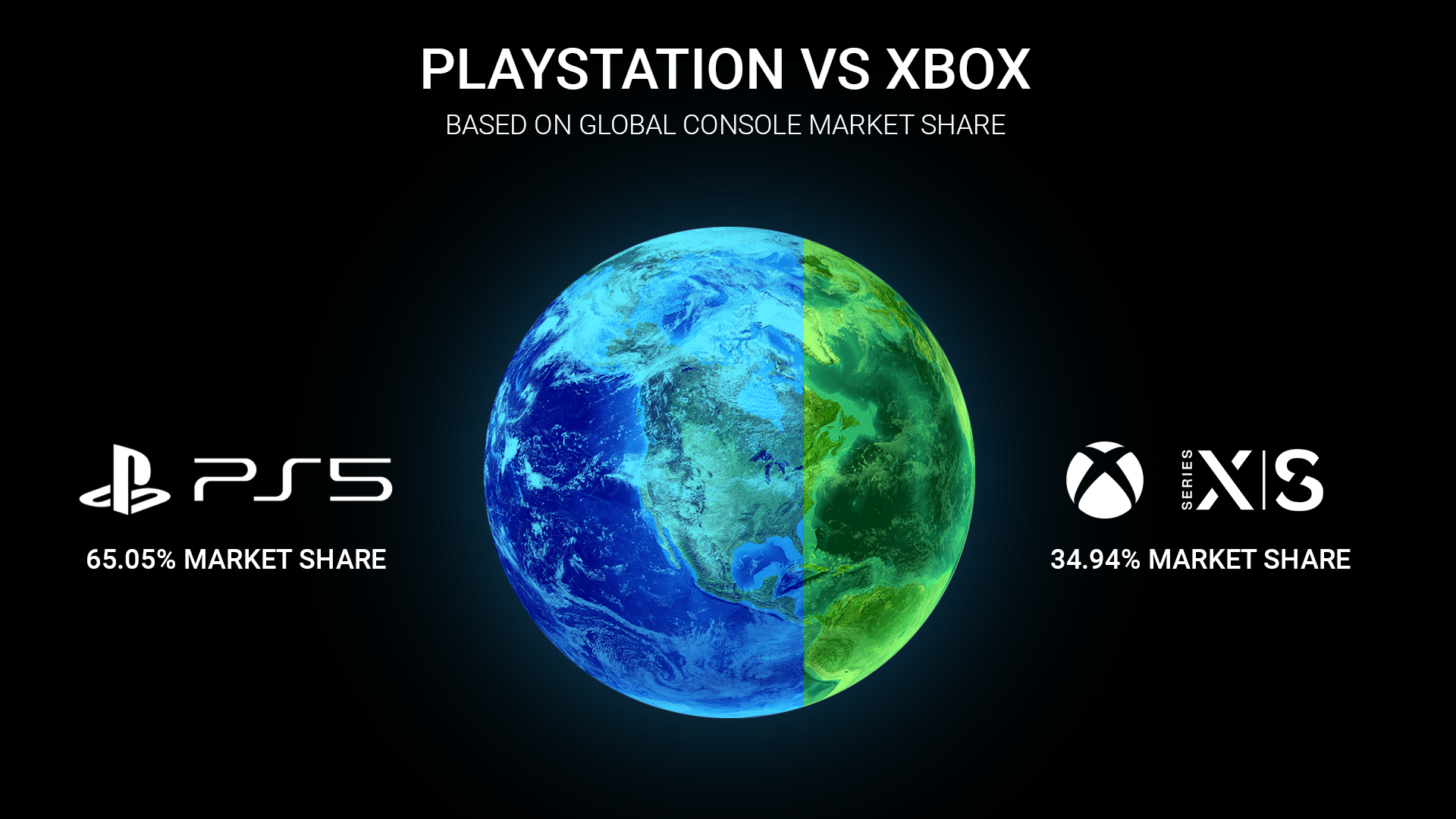At this point, it’s well-documented that Microsoft is trying to buy Activision/Blizzard. When combined with the fact that they’ve already purchased Bethesda, the move has brought the attention of various global regulating bodies. While many of them have approved the deal, there are some that have given pushback. Primarily the United States FTC and the United Kingdom’s CMA. Even New Zealand looks like they may fight to stop it as well. But whether the deal completes or falls apart, Sony should move about as if the deal went through regardless.
Sony has many partners in the industry, but not many have the unique position to truly damage them like Activision Blizzard. It’s public on record that Activision gets more revenue from Playstation by far compared to Microsoft. But even with that, Activision is willing to sell to Xbox, a competitor that doesn’t bring in revenue close to PlayStation
As a result of this, from here on out, it may be wise for Sony to move about as if the deal happened regardless of the outcome from the FTC or CMA. Sony has already stated that they are considering no longer disclosing certain information with Activision if the deal goes through
But it should go beyond that. If they’re willing to put the time and work in, they should try to revive some of their old FPS or third-person shooter games and try to elevate them. In all fairness, they did try once with these games I’m about to mention. But it may be a good time to put serious effort into trying again. The games I’m referring to are Resistance, Killzone, and Socom. There has been enough time passed for all three to be brought back into the gaming world

Resistance series
This franchise is mostly known for the horror/creep factor it had as well as the main protagonist of the first two games, Nathan Hale. The original was both a launch title and a classic. What set this game apart from other FPS games was the creep factor combined with the Ratchet and Clank-esque weapon variety. Normally, launch games weren’t typically considered “that good”, but this game changed that perception. The story itself is that of an alternate telling of human history from the 1900s. In this timeline, an insect-like race of monsters known as the Chimera, full of advanced tech use their army to take over the planet. The second installment of the game focused less on the horror factor and more on the cooperative functions of the game. And one of the main draws of the second game was the 8-player squad coop game outside of the main game. The final game introduced Joseph Capelli as the main character (a character that many people didn’t like in the second game). Outside of the PS Vita game, Burning Skies, this is where the series canonically ended.
What worked for the series:
-Horror and Creep factor
-Exotic Weapons
-4 player coop
What didn’t work for the series:
-Loss of horror factor
-8 player campaign had no importance
-Making a character people hated into the main character in the final main installment.
To make a new series work:
-Don’t deviate from Hale being the main character.
-Return to the horror roots of the original
-If a coop has to be in the game, make it actually mean something

Killzone series
This series started way back on the PS2. At the time, it was considered one of the PS2’s top games. In the first installment of the game, the player filled the role of protagonist Jan Templar. Throughout the game, you come across 3 other soldiers, Hakha, Rico (a mainstay through the first 3 games), and Luger. Together as members of the ISA you fight through the Stalin-esque army of the Helghast. The main draw of this game was the very rough atmosphere and the heavy nature of the guns. This was further enhanced with Killzone 2, fans of the series considered this one the high point of the series. And with good reason. This one has plenty of good points from the graphics, to the story, to the multiplayer. Everything about this game works. The graphics were among the best of the era. The main villain, Radec was probably the most compelling of an FPS villain of the time. And the multiplayer, with all the variations it had, was great. The one knock against it was the same as with most of the FPS games in that era, it wasn’t Call of Duty. And the people were VERY vocal on that point. “The game’s too slow”, “the guns feel so heavy”, etc. Those are two of the more constant complaints about the game. Well, Guerilla Games took the complaint to heart and made Killzone 3 more like Call of Duty. From there, the complaint was “We miss the feel and weight of Killzone 2” (which goes to show you can’t always listen to the critics). Killzone Shadow Fall was an alternate telling of the franchise that didn’t really catch on with people and that was pretty much for the series notwithstanding the PSP and Vita games.
What worked for the series:
-The class system in multiplayer
-The heavy feel of the weapons
-Return to the sense of despair and hopelessness with the grey world
What didn’t work for the series:
-removing the weighty feel of the game itself
-listening to the critics by trying to make it Call of Duty-level user-friendly
-trying to bring vibrance to a world meant to be barren
To make a new series work:
-Go back to the hopeless, barren Stalin-esque theme, lacking color.
-The grit and heavy nature of the weapons need to return
-evolve the ideals of Killzone 2’s multiplayer, ditch following Call of Duty’s design.

Socom series
When Sony first started the Socom series on the PS2 it was a pretty big deal. A realistic military with a heavy focus on teamwork and communication. That point was driven home by the fact that a headset was packed in with the game. The big draw for the game was tactical squad combat. Zipper Interactive wanted to make the game as realistic as the hardware would allow. So in turn, during the development of the first three games they had both current and former armed forces specialists act as consultants on the creation of the games. The single-player aspect of the game was good, but to be honest, really only served as practice for the online modes. The end result was a hit franchise for Sony. However, when the Playstation 3 era began, things took a serious nosedive. Socom Confrontation failed to gain traction due to in-fighting. And that same internal strife hurt Socom 4 to the point it became an average shooter with an average multiplayer aspect rather than the tactical phenom people came to know and love. It didn’t help that they stopped consulting military personnel on the PS3 projects.
What worked for the series:
-Focus on tactical combat
-having military consultants with real combat expertise
-having one person overseeing the project
What didn’t work for the series:
-too many people have power causing in-fighting
-moving away from having military experts
-leaving tactical combat behind
To make a new series work:
-Go back to the tactical focus
-start consulting with military vets again
-have a single leader on the project
These three series should at least be given consideration for a fresh start regardless of whether the Microsoft/Activision deal goes through or not. Because nothing speaks better to security than having your own to rely on. And considering how a partner (Activision) is willing to put them in a precarious position despite the profit they get from Playstation, putting serious effort into their own properties may be the way for them to go. More than anything else, this whole ordeal serves as a cautionary tale. Any partner can potentially be bought off, So working on your own first-party studios should ALWAYS be at the forefront.


